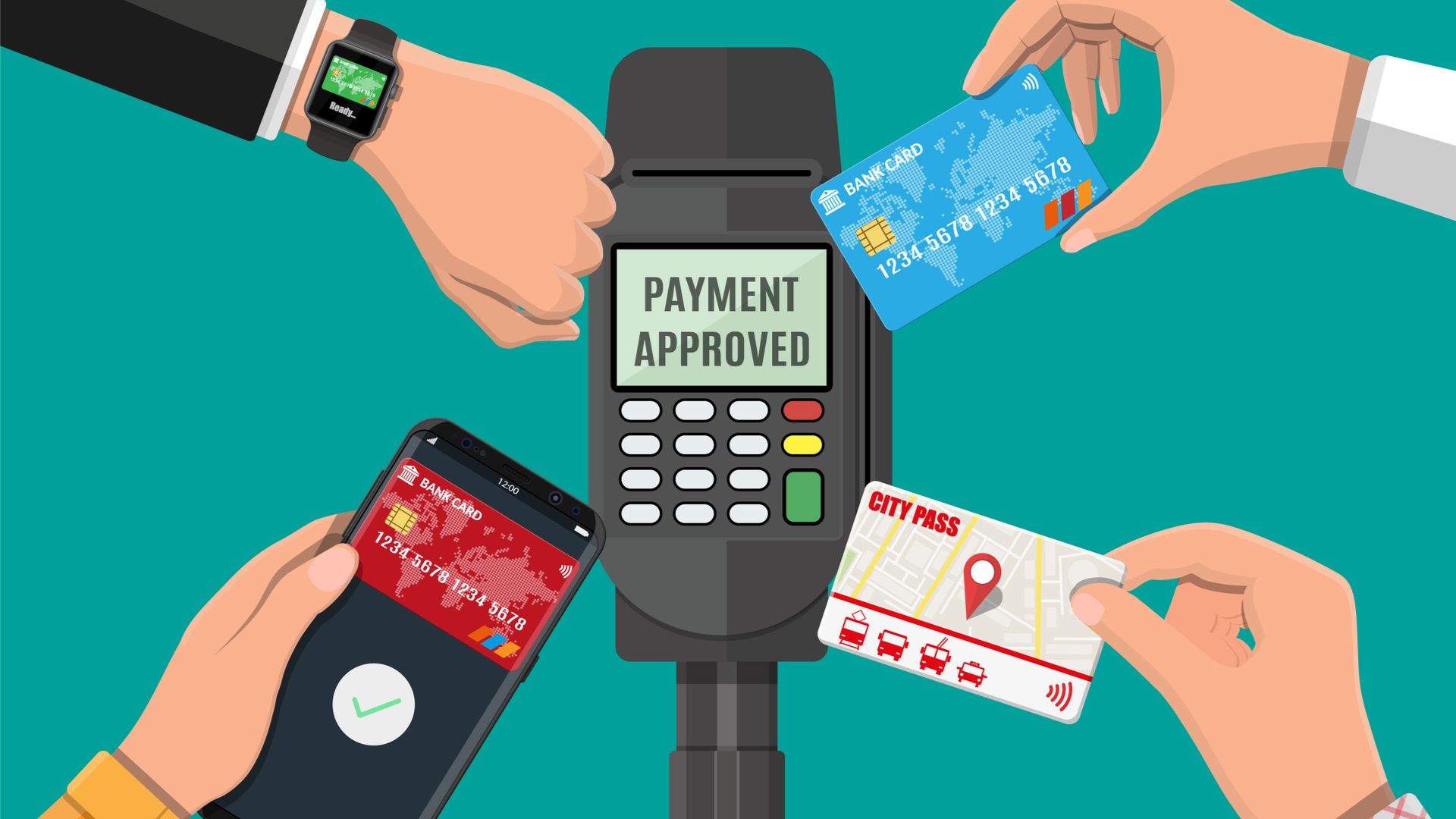As digital transactions reshape the financial landscape, the security of those transactions is receiving unprecedented regulatory attention across the globe. The acceleration of e-commerce, mobile payments, and app-based banking has brought innovation to consumers. But it has also created entry points for fraud, data breaches, and cyberattacks. In response, regulatory bodies are introducing more stringent frameworks, prompting fintech leaders to rethink security practices and compliance models.
Understanding these regulatory shifts is essential for risk management and for long-term brand credibility and customer retention.
U.S. Regulatory Developments: The CFPB Tightens Oversight.
In a significant move, the Consumer Financial Protection Bureau (CFPB) announced in late 2024 that it would supervise large non-bank digital payment providers under the same framework as banks. This new rule applies to platforms handling over 50 million transactions annually.
The CFPB’s focus includes:
- Consumer privacy and data use
- Fraud resolution practices
- Fee transparency
- Access to customer support and complaint resolution
CFPB Director Rohit Chopra stated that many of these platforms operate outside the traditional banking system, yet handle funds and customer data on a massive scale. This imbalance, he argues, creates a gap in consumer protection and risk accountability. The agency’s new approach aims to level the playing field and hold all major financial actors to consistent standards.
A Broader View: Global Trends in Payment Security Regulation.
Across markets, regulators are responding to similar risks—albeit in diverse ways tailored to their financial ecosystems.
India’s Self-Regulatory Push for Fintech.
The Reserve Bank of India (RBI), in 2025, released final guidelines to establish a Self-Regulatory Organization (SRO) for fintech companies. This body will act as a liaison between the industry and the central bank, proposing and enforcing codes of conduct, dispute resolution protocols, and technical standards.
The move reflects India’s ambition to balance fintech expansion with long-term systemic stability. With a thriving digital payments market, including the Unified Payments Interface (UPI), there’s growing pressure to ensure that innovation does not come at the expense of consumer safety.
Europe’s Digital Euro and Privacy-Centric Regulation.
In the European Union, attention is turning toward the launch of a central bank digital currency (CBDC). The European Central Bank (ECB) and European Commission are working on legislative frameworks that would govern how a digital euro functions online and offline.
Emphasis is being placed on data privacy, offline transaction integrity, and technical independence from commercial banks, to ensure inclusiveness while strengthening digital defenses.
Eric Hannelius on Aligning Fintech Innovation with Security Compliance.
Eric Hannelius, CEO of Pepper Pay LLC, sees this regulatory evolution as an opportunity rather than a limitation.
“Secure digital transactions form the backbone of consumer trust in fintech,” says Eric Hannelius. “Regulatory frameworks aren’t roadblocks. They are blueprints that responsible businesses can use to differentiate themselves.”
He explains that fintech companies who embrace security-first design and make compliance a feature—not an afterthought—are more likely to scale sustainably.
“Whether it’s complying with anti-money laundering laws or implementing layered fraud prevention, customers reward the companies that protect their data. Security is part of your product, whether you talk about it or not.”
Key Areas of Regulatory Focus in 2025.
Across jurisdictions, the most common regulatory priorities include:
- Encryption Standards: Requirements are increasing for strong end-to-end encryption protocols across mobile, desktop, and API-based transactions.
- Real-Time Fraud Detection: Companies must be able to detect anomalies—such as location mismatches, device fingerprinting, or rapid transaction repetition—and act on them in milliseconds.
- User Identity Verification: More regulators are mandating multi-layered authentication methods, including biometric and behavioral verification.
- Data Retention and Privacy Rules: New policies in the U.S. and EU stress limits on how long companies can store user data and what it can be used for.
Strategic Actions for Fintech Leaders.
To remain competitive while compliant, fintech firms should consider:
1. Embedding Compliance into Product Roadmaps.
Instead of reacting to new regulations post-launch, proactive companies design security features alongside product development. This reduces long-term rework and creates better user experiences.
2. Auditing Third-Party Vendors.
Third-party APIs and platforms are often the weakest links in security. Regular risk assessments and contractual obligations around compliance help close those gaps.
3. Creating a Culture of Security.
Training teams—from engineers to customer support reps—on fraud trends, phishing techniques, and secure coding practices reinforces company-wide awareness and responsibility.
Adapting to a New Era of Accountability.
As payment platforms evolve, so do the threats. The regulatory landscape is no longer a background issue. It is an active force shaping product strategy, user interface design, and capital deployment.
For fintech professionals and business leaders, the question is not whether regulation will expand. It’s how quickly companies can adapt, without sacrificing innovation or user trust. As Eric Hannelius notes, companies that make security and compliance their strategic advantage are building more resilient foundations for growth in a market that demands both agility and accountability.











